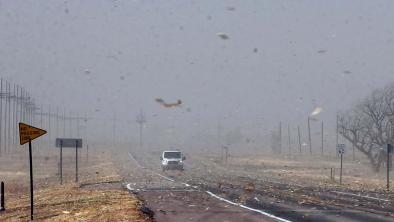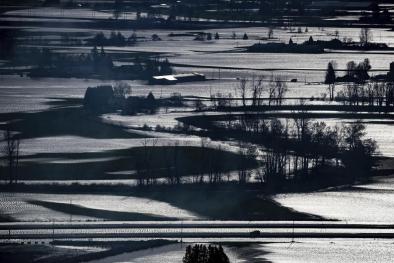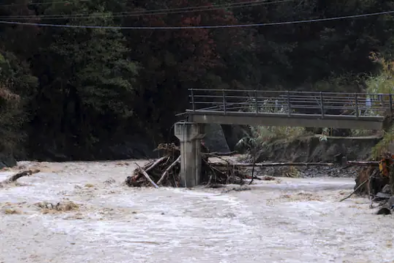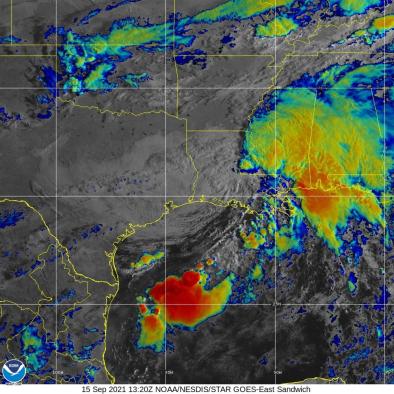Science Source
Storm type effects on super Clausius–Clapeyron scaling of intense rainstorm properties with air temperature
- States that extreme precipitation is thought to increase with warming at rates similar to or greater than the water vapour holding capacity of the air at ~ 7% °C−1, the so-called Clausius–Clapeyron (CC) rate
- Presents an empirical study of the variability in the rates of increase in precipitation intensity with air temperature using 30 years of 10 min and 1 h data from 59 stations in Switzerland
- Finds the average rates of increase in extremes (95th percentile) of mean event intensity computed from 10 min data are 6.5% °C−1 (no-lightning events), 8.9% °C−1 (lightning events) and 10.7% °C−1 (all events combined)
- Finds that for peak 10 min intensities during an event the rates are 6.9% °C−1 (no-lightning events), 9.3% °C−1 (lightning events) and 13.0% °C−1 (all events combined)
- States the estimated number of convective events has increased across Switzerland in the last 30 years, with 30% of the stations showing statistically significant changes
- States the changes in intense convective storms with higher temperatures may be relevant for hydrological risk connected with those events in the future
Related Content
Headline

Dec 17, 2021 | Climate Nexus Hot News
'Obviously Extraordinary, Unprecedented' Storm Rips Across Central US
Headline

Nov 19, 2021 | Climate Nexus Hot News
Thousands Stranded By British Columbia Floods
Headline

Oct 13, 2021 | Washington Post
Deluge in Italy sets European record: 29 inches in 12 hours
Headline

Sep 15, 2021 | Climate Nexus Hot News
Nicholas Pours Drenching Rain On Already Battered Gulf Coast


